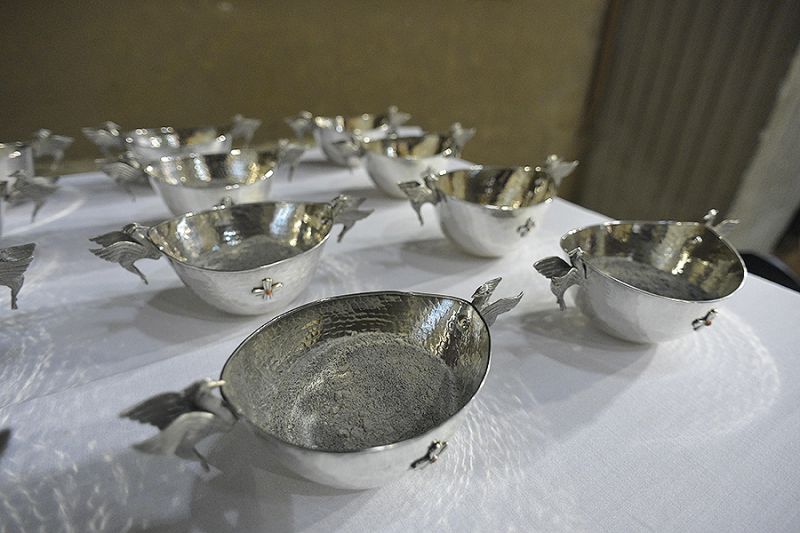
Haitian bishop in ‘stable’ condition after explosion in Port-au-Prince
 Bishop Pierre André Dumas is vice president of the Haitian Bishops’ Conference. / Credit: Wikimedia Commons
Bishop Pierre André Dumas is vice president of the Haitian Bishops’ Conference. / Credit: Wikimedia Commons
Rome Newsroom, Feb 20, 2024 / 12:00 pm (CNA).
Bishop Pierre-André Dumas of the Diocese of Anse-à-Veau/Miragoâneis and vice president of the Haitian Bishops’ Conference is reportedly in stable condition after being caught in an explosion in the Haitian capital of Port-au-Prince on Sunday evening.
A communiqué sent out by the Conference of Catholics Bishops of Haiti on Monday announced that Dumas “was affected yesterday evening by an explosion which reached the house where he is accommodated during his stay in Port-au-Prince.”
The press release noted that the bishop is “stable” but did not provide additional details on the explosion or the bishop’s condition.
In a sign of solidarity with the bishop and the Church in Haiti, the Bishops Conference of Mexico (CEM), wrote on X: “We join in prayer and solidarity with the Episcopal Conference of Haiti in the face of the suffering of its people and the incident that affected Monsignor Pierre André Dumas.”
“We are aware of the difficult situation of violence and insecurity that Haiti is suffering. We admire the strength and firmness of the pastors of the Haitian Church who, despite the terrorist acts they have suffered, do not give up in their evangelizing mission,” the CEM’s full press release continued.
The bishops of Mexico also expressed that they were united ”in the pain of violence” and would pray “that soon there will be a time of peace, justice, and reconciliation for the people of Haiti. Count on our prayers and our commitment to continue working together as a Church for a future of hope.”
This is the latest incident to hit the Catholic community in the Caribbean island that has been rocked by gang violence, murder, and political instability.
Nearly a month ago, six Haitian religious sisters of the St. Anne Congregation were abducted in Port-au-Prince and released on Jan. 25 after a week in captivity.
In the wake of their release, Dumas said that “this traumatic event has once again put our faith to the test, but it remains unshakable.”
“We cried out to God. He made us strong in our trials and brought our captives back to freedom,” he continued.
Dumas has been vocal in denouncing the widespread violence and “the formalization of banditry in the country,” warning that without concrete action the situation could deteriorate into civil war.
The acting prime minister, Ariel Henry, assumed leadership of the government on July 20, 2021, following the assassination of President Jovenel Moïse fewer than three weeks earlier.
Henry was faced with a deadline on Feb. 7 to step down from office. However, in a TV address broadcast on the evening of the ultimatum, the de facto Haitian leader said that elections would be held once security in the beleaguered capital was restored, CNN reported.
In a report released Monday, a judge in Haiti responsible for investigating Moïse’s assassination indicted Moïse’s widow, Martine Moïse, ex-prime minister Claude Joseph, and the former chief of Haiti’s National Police, Léon Charles, among others, the Associated Press reported.




